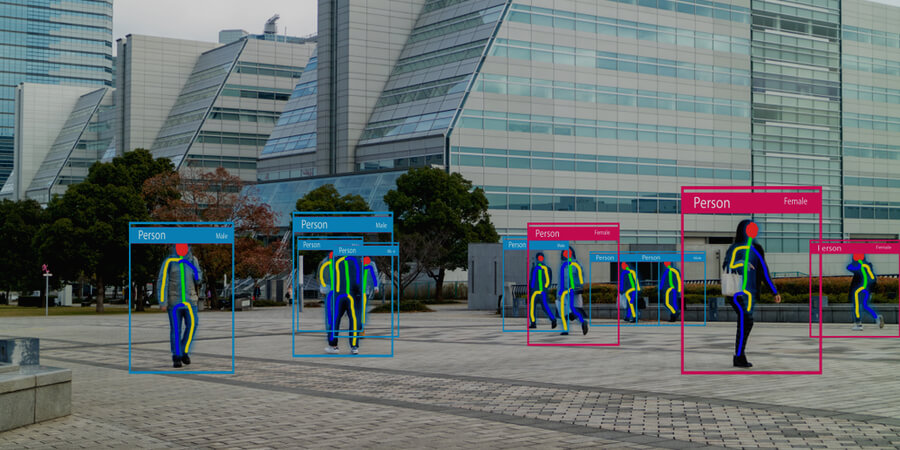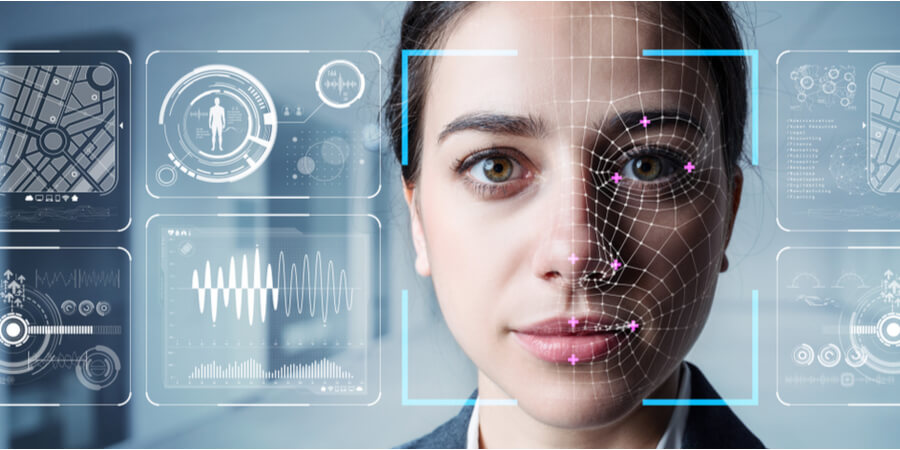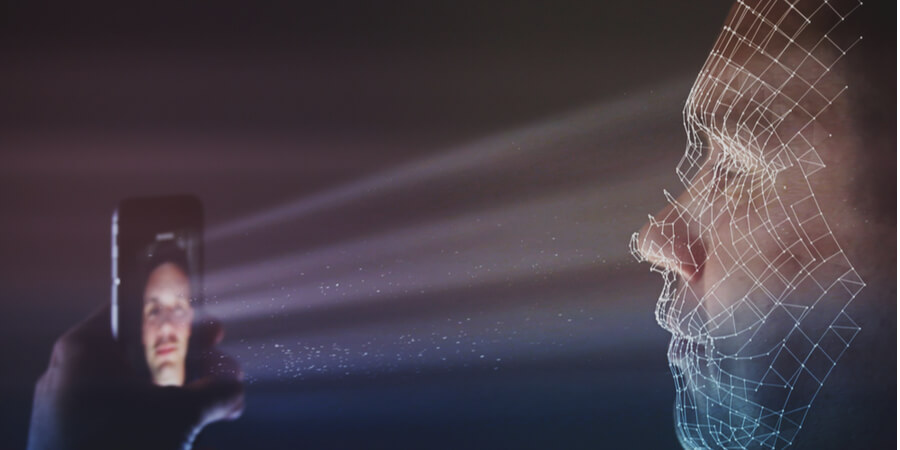Distinguishing faces is something we humans take for granted. While technology has grown exponentially, it has only now reached a phase where viable solutions for facial recognition exist. Computerizing this function has a lot of potentials and use in various markets.
How facial recognition works?
Faces like fingerprints have many distinguishing characteristics. Some software solutions use up to 80 data points.
Some of these include:
-
- Width of the nose
- Length of the jawline
- Distance between the eyes
- Depth of the eyes
All these 80 unique data points are then stored as a numerical value in a database and are identified as a faceprint.
Collecting Data for a Faceprint
For a data capture to be truly effective, the person should be looking directly at the camera, but that rarely happens in real life. To correct for the less than ideal situations there are various solutions available in the market. One such solution is capturing the information in 3D. This affords more data accuracy as the depth and angle measurements are bound to be more effective.
Verification: The System in Action
Detection– The basic image against which the audience faces will be compared to can be obtained from a 2D photograph scanned into the system although capturing a live image using a 3D imager would be better.
Alignment– It would be ideal if the subject was facing the camera directly but as established earlier that rarely happens, so the system compensates for any discrepancies that may
Measurement– The system then measures the different data points and stores them in the database as a faceprint.
Representation– These values are generated to become the template used to represent various features on the face.
Matching– The system uses an algorithm that explores all the data points one by one to get an exact match.
 Facial Recognition: The Widespread Uses
Facial Recognition: The Widespread Uses
The Chinese government is known to use facial recognition software on a macro scale. They use public CCTVs to monitor for threats and also generate data on the general populace and their habits.
The London Metropolitan uses facial recognition for the safety and security of the public. A lot of airports are now using facial recognition to speed up the screening process.
On a smaller scale, laptops, phones, tablets and other consumer devices now use facial recognition to secure the information on them from all but their owner.
The Implications of Employing Facial Recognition
Privacy is a very big concern when it comes to this technology. There is not always informed consent when your data is being collected and stored in someone’s database. Furthermore, once your image is captured there are no checks and balances in place to say how it would be used.
There is also the fact that despite advances in this field, the technology is not sufficiently developed enough to be 100% accurate. This means that depending on the results of this to take legal action might not be possible.
Despite its current shortcomings, facial recognition is here to stay and it is up to us to ponder the choice of privacy over security and how much we are willing to sacrifice of our privacy rights for this tech.







